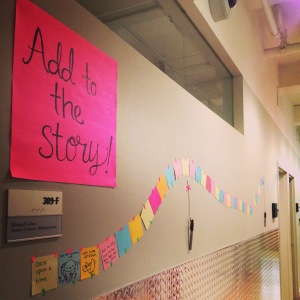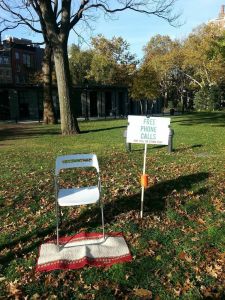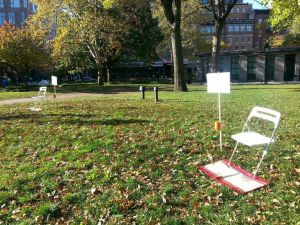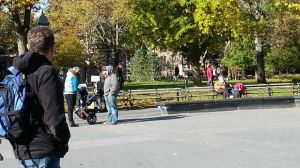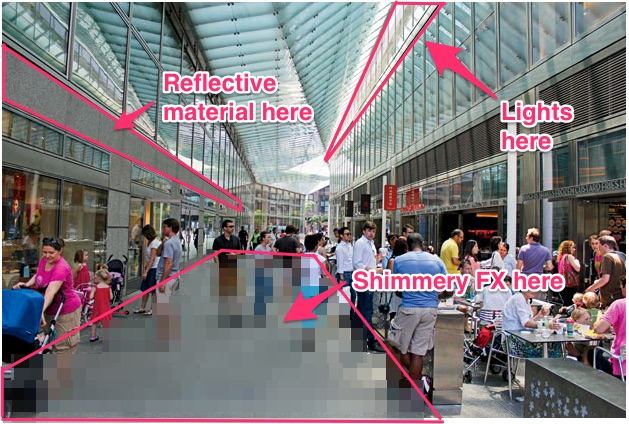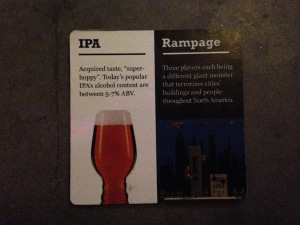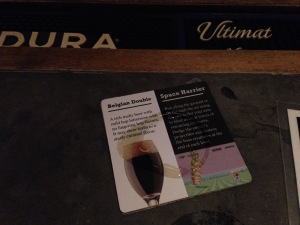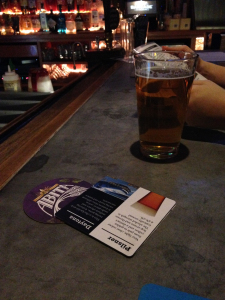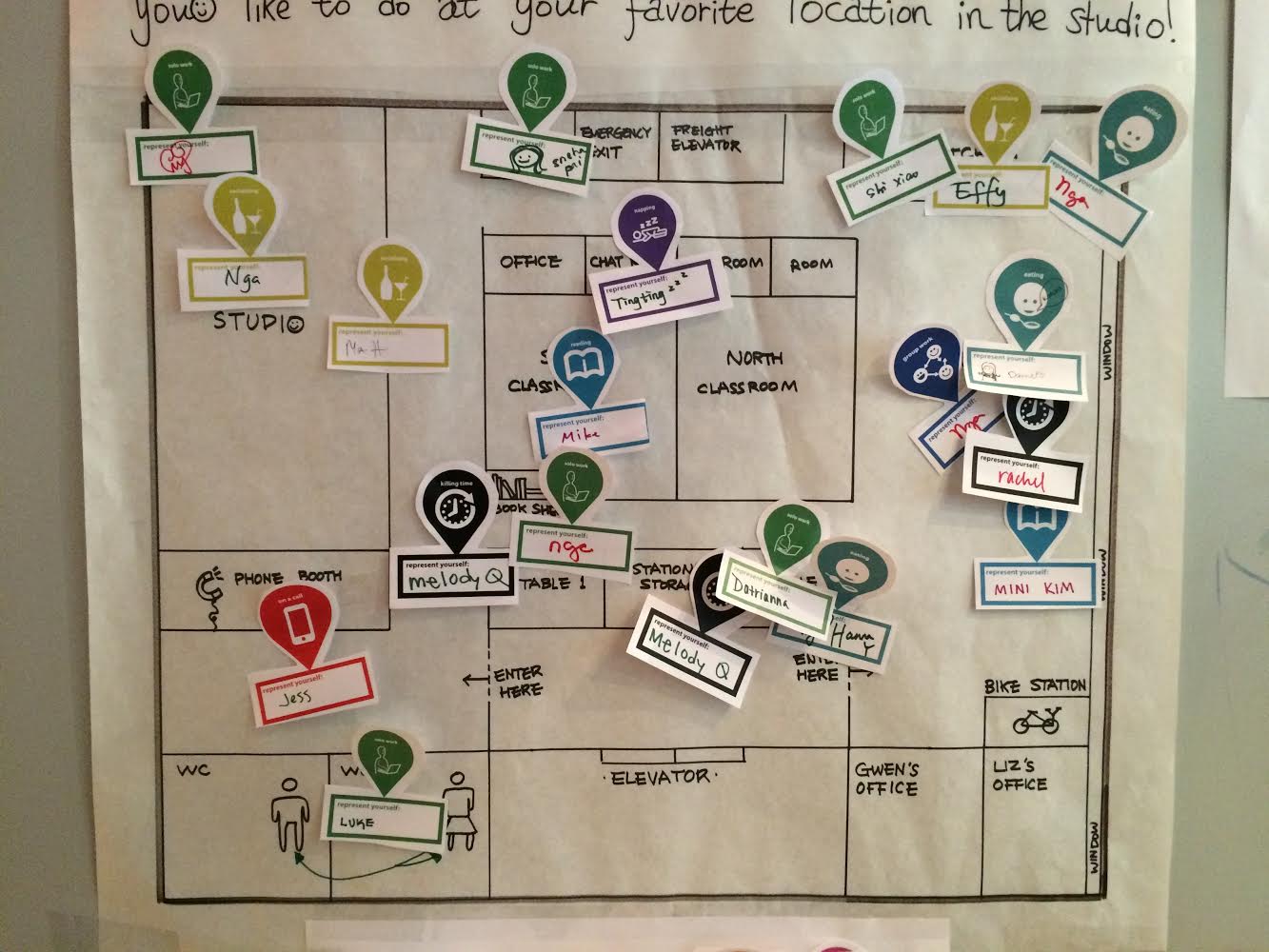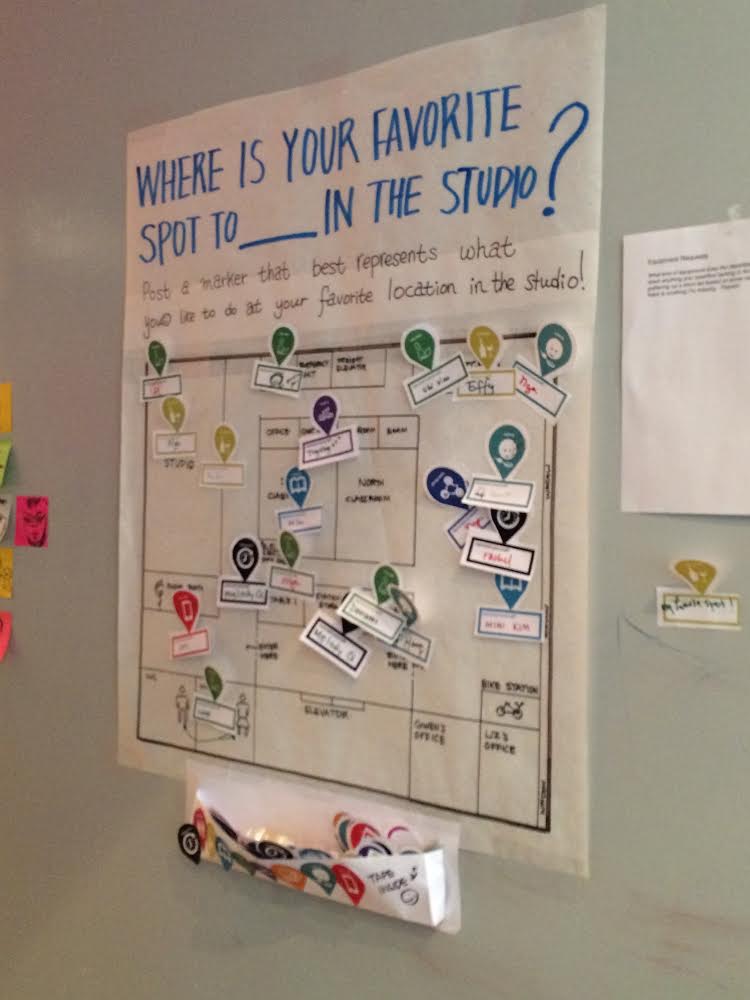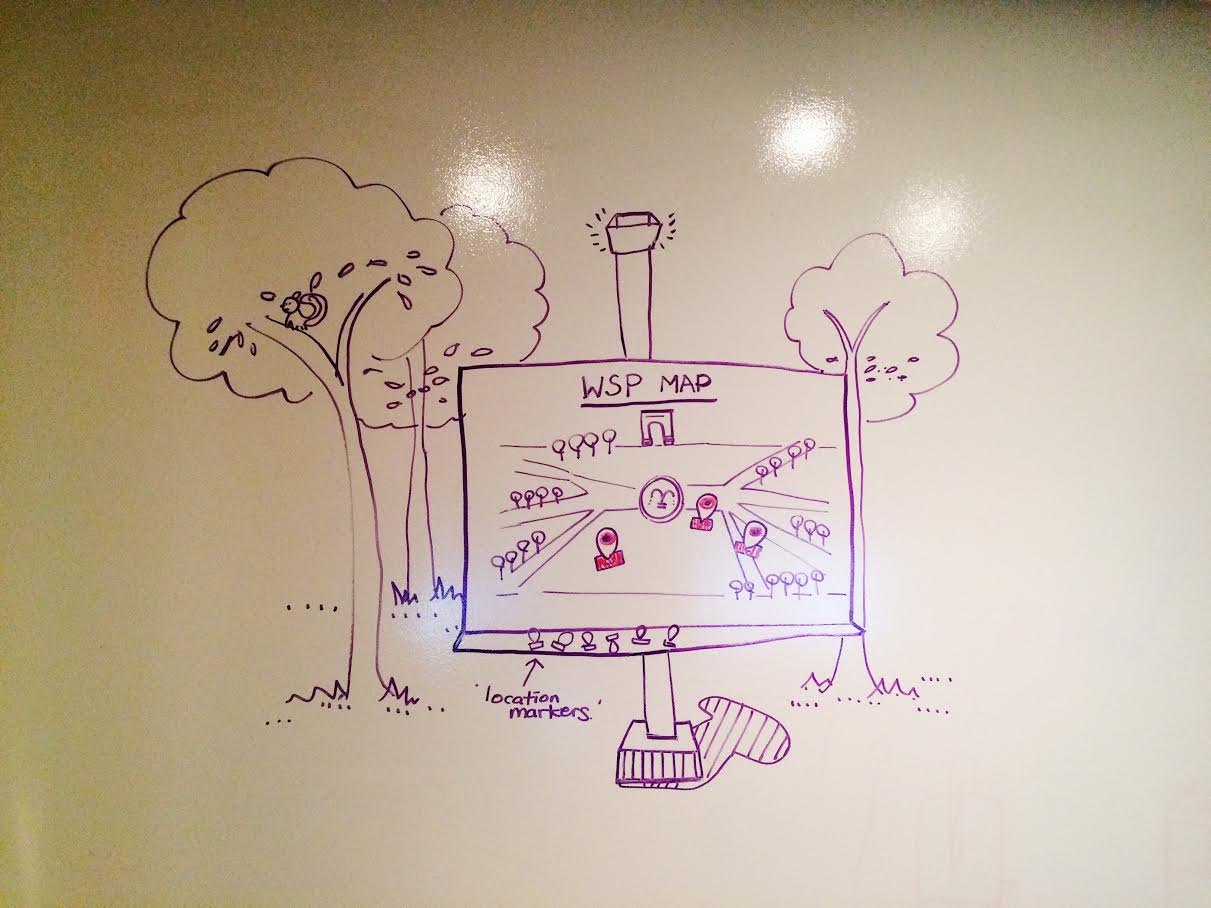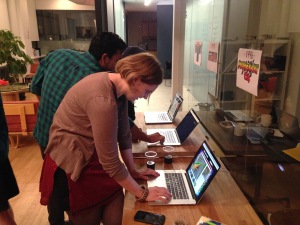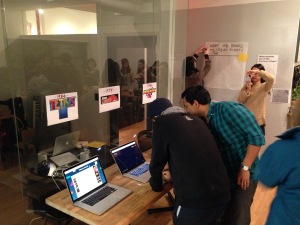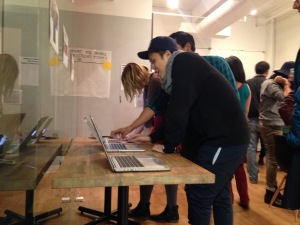Users
We identified three core user experiences of the NYC subway system. We aim to make all of them experts of the space.
Aware
This is the user who has traveled the MTA many, many times. They are well-informed on how to navigate the system. Their experience can be enhanced through the discovery of unique qualities of the neighborhoods they pass through but never visit.
Example: West-coast transplant living in Sunset Park, who works in Midtown and has never been to Jay Street.
Familiar
This user has traveled some of the lines of the MTA, but still gets lost or feels uncertain when navigating to a new place. Their experience can be enhanced by giving them more and more context as to where they are.
Example: Resident of Stonybrook who comes into the city on weekends to hang out with his friends. He knows how to get to Penn Station, but after a night at the bar, he has trouble making it to the Lower East Side.
Exploratory
This user has never visited the city, and is still trying to figure out how to navigate the city while underground. They are easily disoriented, but also want to explore and get around on their own. Their experience can be enhanced by developing comprehension of the subway system.
Example: A couple from South Korea who are staying at the Ace hotel, and want to explore Central Park, the Lower East Side, and Williamsburg. They can identify the grungier, downtown neighborhoods from their favorite film, Cloverfield.
Defining Our Intervention
A multimedia display that resides on the subway platform for both users who are on the platform as well as those users within the subway trains. In order to honestly reflect the dynamic landscape of New York City, we are pulling media content from social media feeds that are geo located. By doing this we can create a non-narrative means of conveying information about place.
Studio Prototype
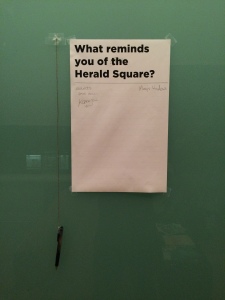
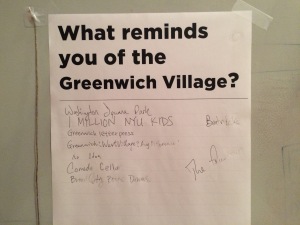
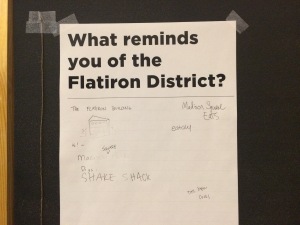
New Intervention
Our next steps are to define the borders of our chosen four stations, from there we’ll collect photos that are pulled from social media from within those boundaries (Flickr) and also pull from our own explorations. Once we have the content we will be testing this media within the constraints of our space (subway) in controlled environments (IxD studio), aiming to develop a visual language that evokes a sense of place for each subway stop.
Creation Myth
Why is there such an immense sense of wonder within New York City? The neighborhoods, the shops, the sights, and the people that form all of it. Each place within NYC is distinct making the city a living and changing organism of places.
Imagine that sense of place under city where we travel. The subway.
A family from Texas are visiting NYC and they’re on the subway looking for to eat NYC food, but have no idea where to go or what to do. As the train stops at Union Square, the family hears from the train that there’s a famous market here. With their interests piqued, they decide to get off and check out the market.
Sitting across from the family is a lady from Brooklyn who really never goes anywhere besides home and work. Suddenly, she see beautiful imagery of Union Square blazed across the station. Taken by the imagery, she decides to get off to see more of what’s going on around this stop.
Standing and holding on to the rail next to the Brooklynite is a young man from Queens, who is looking a little bit confused. Turns out he’s a little bit lost, because he rarely, if ever, comes down to this area of Manhattan, but he wants to check out the skateboarding scene. However, he can’t seem to remember the name of the place, but does kind of know what it looks like from photos from social media circles. Getting off the stop at Union Square, he heads over to a display showing him photos of the surrounding area from social media sites. This confirms that he’s at the right spot and he leaves the station to see Union Square for himself.
Our subway is made up of points, but New York City is made up of places.
Our subway is now made of places.
6 Week Plan
Week 1 Final Testing, Content Strategy, and Finalize User Journey
Week 2 Content Generation/Gathering and Finalizing Medium
Week 3 First Implementation and Refinement
Week 4 Second Implementation and Refinement
Week 5 Final Implementation and Documentation
Week 6 Create Additional Mock-ups and Finalize Presentation

